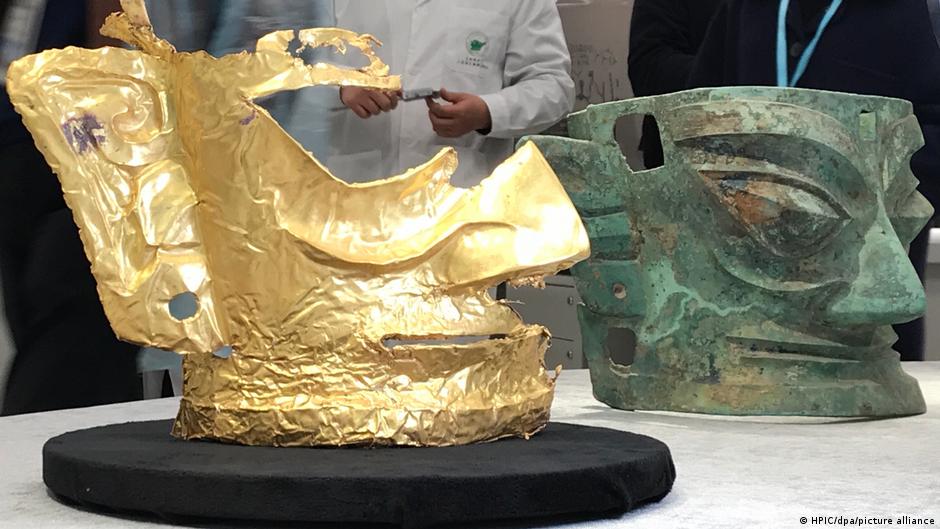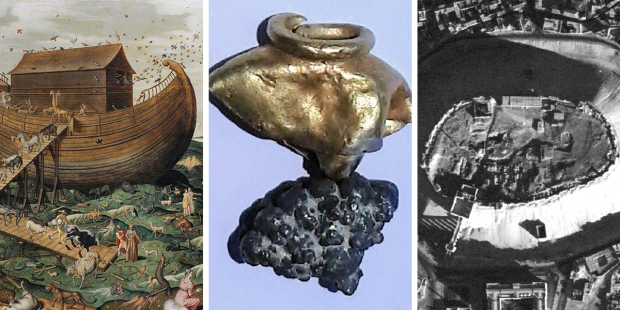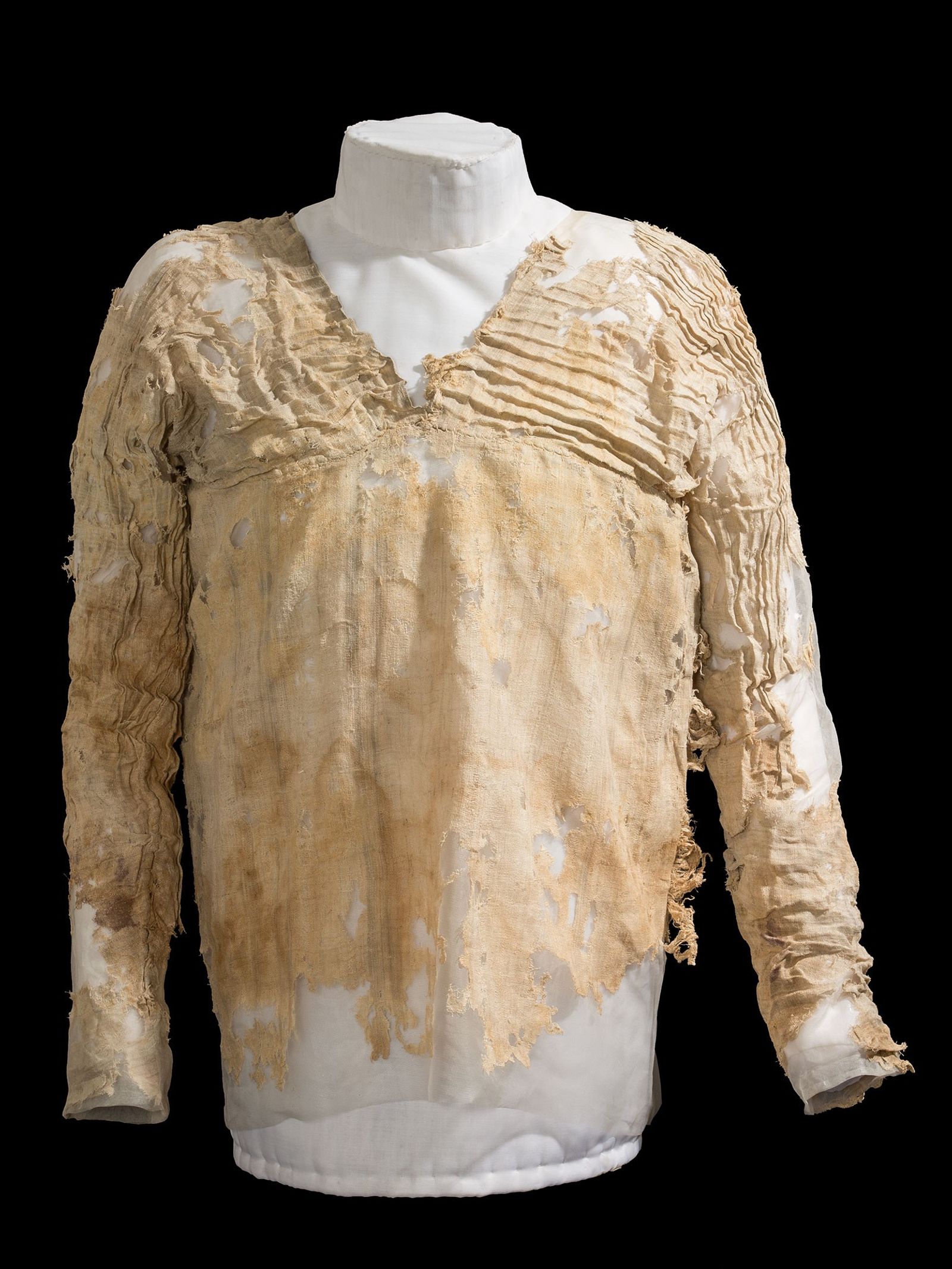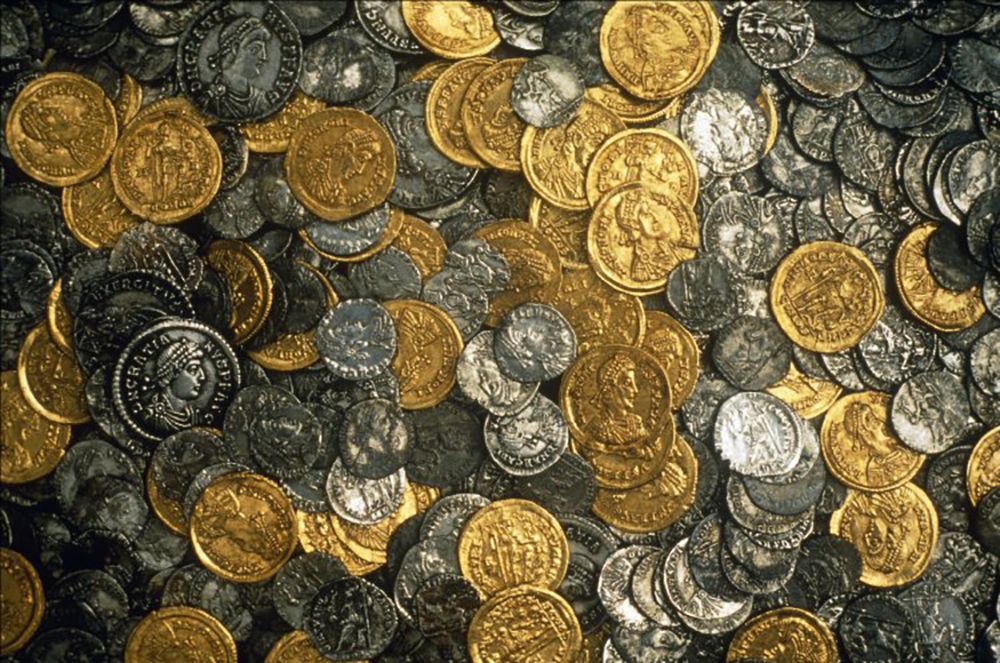2021 will long be remembered for many reasons – both challenging as well as memorable. In the world of archaeology, it had been a year of incredible discovery and wonderful and insightful new finds.
Below are 5 top archaeological discoveries made in 2021.
The Chariot From Pompeii
Last year, a team of archaeologists from Pompeii’s Archaeological Park unearthed a 100% intact Roman Ceremonial Chariot. Excavated near the Roman city, the chariot lay buried beneath 6 metres of volcanic ash and other material.
The Pilentum had all four wheels intact. In place also had been its iron components, several tin and bronze decorations, and elements of mineralised wood. Also discovered were imprints of organic materials like floral decorations and pieces of rope.
The Roman city of Pompeii was located near Naples in Italy.
A Norse Settlement Dated
By studying pieces of wood attributable to Norse settlers in the Americas, researchers were able to date a Newfoundland and Labrador Norse settlement to the year AD 1021.
The year was determinable as such thanks to a solar storm known to have occurred in AD 992, which storm produced a specific radiocarbon signal in tree rings.
Researchers made the connection by studying the pieces of wood for signs of cutting and slicing. The markings were made by blades made of metal not indigenously used by Norse settlers.
Since no signs of burial or agriculture were found at the site, researchers concluded that the location must have been a temporary place of settlement.
Human Footprints In The Americas
Researchers who scanned New Mexico’s White Sands National Park recently discovered the oldest known human footprints in the Americas.
The footprints date back to roughly 23,000 years ago, a period known as the Last Glacial Maximum.
The archaeologists used a method of radiocarbon dating for determining the age of seed layers formed above and below the prints for determining their approximate age.
Archaeologists have for long debated the time of arrival of the first humans in the Americas. The White Sands tracks have provided the earliest date so far.
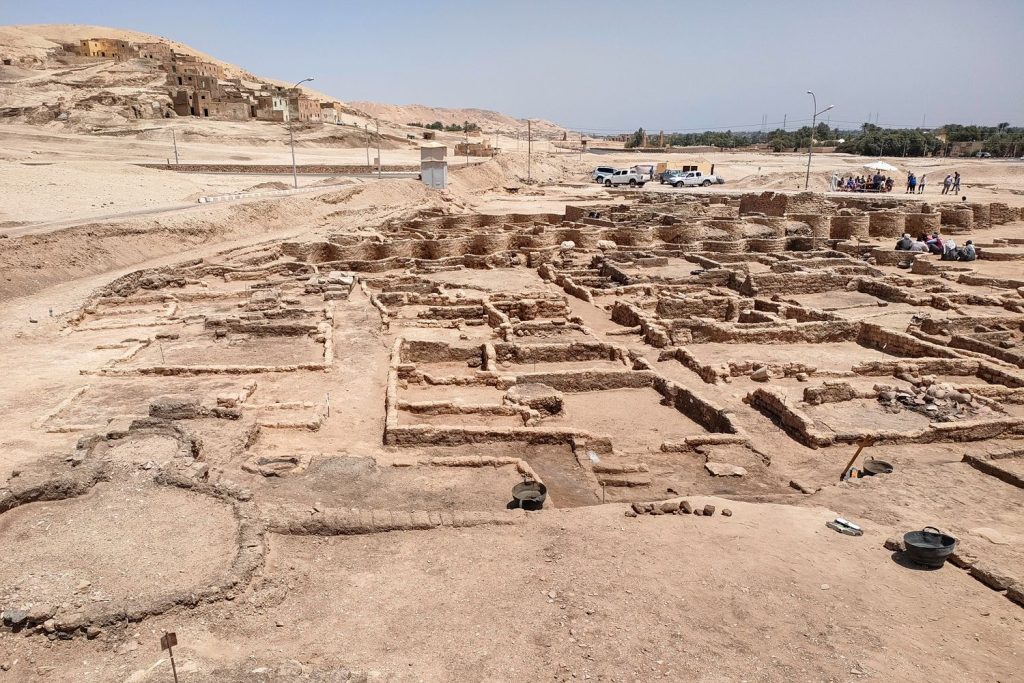
Lost Golden City In Egypt
Perhaps one of the most significant finds of 2021 had been the discovery of an Ancient Egyptian city near Luxor, Egypt. The city was determined to be 3500 years old.
The city was discovered by the Egyptian Expedition under the leadership of Dr Zahi Hawass. The discovery was made during the excavation of an area located between Rameses III’s temple (Medinet Habu) and Amenhotep III’s temple (Memnon).
Several archaeological finds helped researchers in their quest to date the site, including scarabs, pottery vessels, and mud bricks embossed with the seals of King Amenhotep III. These were all around long before the Roulette Canada enjoys, even though the game is several centuries old too!
Homer’s Iliad Mosaic
The excavation of a Roman villa complex near Leicester in the UK was found to be the burial site of a rare mosaic depicting famous scenes from Homer’s Iliad.
The site was initially discovered by the landowner’s son, who had been ploughing a piece of land during lockdown. He immediately notified the University of Leicester, who in partnership with Historic England, proceeded to secure and investigate the site.
The remains of the mosaic measures 11m by 7m and shows the story of Achilles and his battle with the Trojan Prince Hector.
